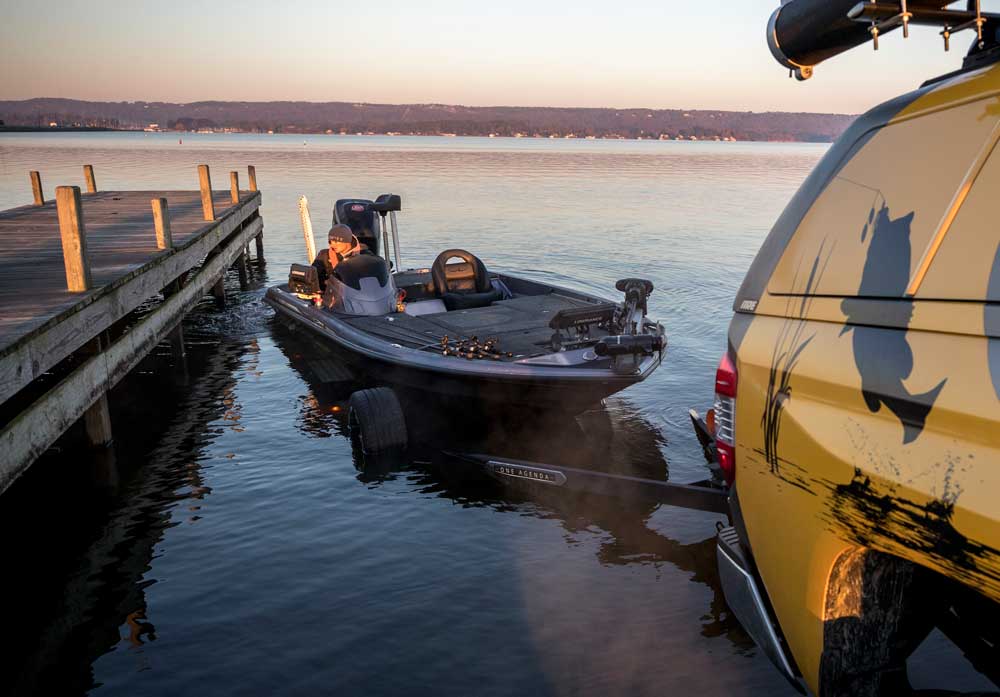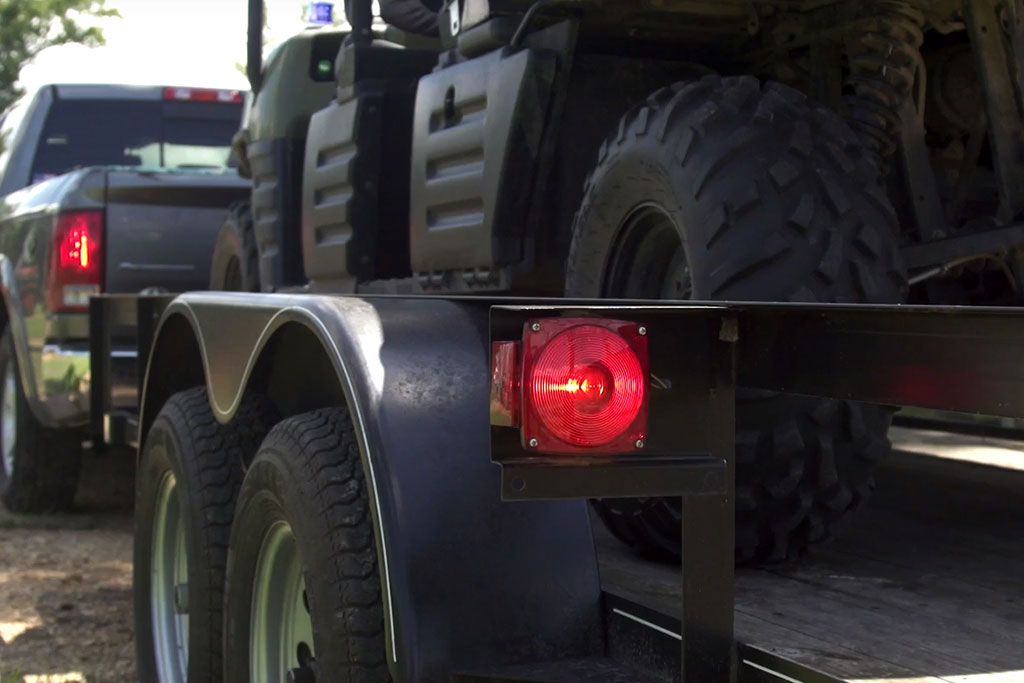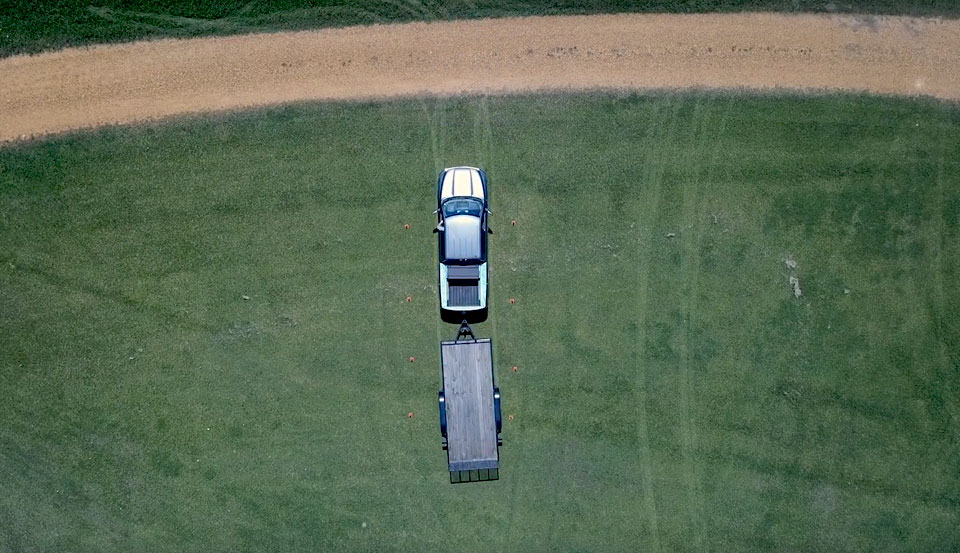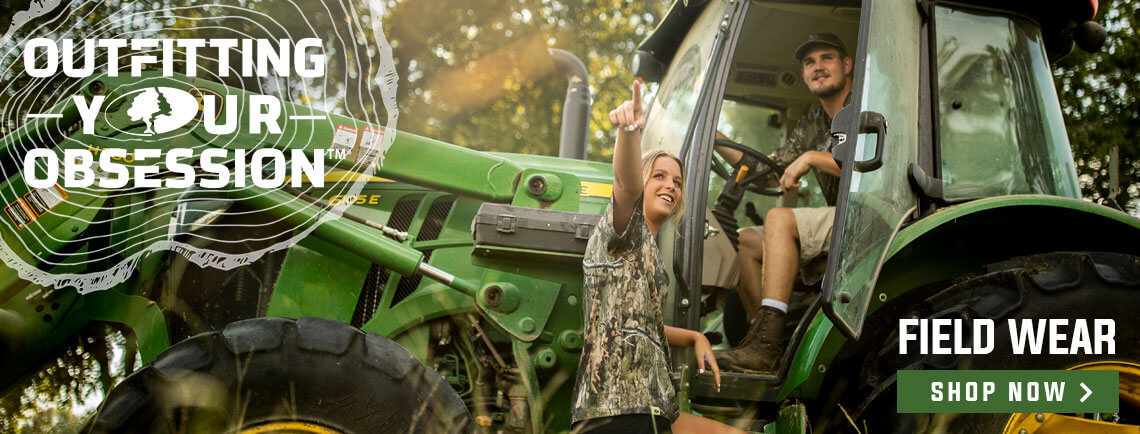Ensuring Safety and Performance
Jeremy Duckett
When you are ready to hit the road with your new trailer, it is important that you have all of the pieces in place. The right trailer hitch is one of those essential parts, and choosing one that fits your needs is an essential part of the process. There are a number of factors to take into account when making this decision.
With so many different options available, choosing the right trailer hitch requires some research and attention to detail. Below, we will cover the top areas to consider when selecting the right trailer hitch for your use. Each factor can affect the safety and performance of your vehicle and the load you are planning to haul.
SHOP B & W TRAILER HITCHES

Before considering what type of hitch will work the best for you, you need to have a clear understanding of the capacity of your vehicle. Every vehicle is different and many serve a specific purpose. In addition to the information provided by the manufacturer, you will need to consider the constraints or performance advantages certain aftermarket upgrades can provide.
To determine your vehicle's towing capacity, you will want to subtract the curb weight of your vehicle from the Gross Combined Vehicle Weight Rating (GCVWR). This is the maximum weight of your loaded vehicle and the weight of its attached trailer. The curb weight can be found in the vehicle’s owner's manual or on the sticker inside the driver's door.
Many aftermarket modifications can affect the performance in different ways. Some may enhance the performance. While some may degrade the performance. Modifications to the suspension, power chips, bumpers, and even tires can have an effect on the maximum capacity your vehicle can tow.
Understand the Actual Weight of the Trailer and Load
When selecting your hitch, you will need to understand the weight of the actual trailer and the loads you plan to haul. Like your vehicle, each type of hitch and attachment configuration has a limit.
While your truck may be able to pull your offshore vessel safely, your hitch may not be suitable for it. This includes the ball size and tongue weight. Each hitch type will provide you with a GTW and VTW (or TW).
Most bumper hitches will provide the support and stability needed for everyday loads such as refrigerators, household goods, golf carts, small recreational vehicles, etc.
If you are looking to step up your game to medium sized construction equipment or large toys, you’ll want to research their weights extensively.
Having a clear understanding of these variables will ensure you can safely move the loads you need. In addition to the all-important safety aspect, performance of your vehicle can be greatly affected if the right combination of equipment is not put in place.

Understand the Effects of Weight Distribution
Weight distribution can affect how your load travels and how the load makes your vehicle react. Not only does the placement of your hitch connection affect the safety and comfort of your ride, how you load loose items on your trailer can as well.
Always load your trailers with the heavier items closer to the tongue and hitch. This will help avoid the trailer “walking” from side to side as you're moving. This can be very dangerous.
The placement of your hitch can also greatly affect your ride. Bumper hitches place the entire tongue load on the back of the vehicle making the back extreme end take all of the shock load of the trailer movement. While goosenecks and fifth wheels place the tongue weight over the rear axle of your vehicle making the rear suspension take the brunt of the load before it’s distributed throughout the rest of the vehicle.
If your vehicle is lifted, you will need to consider the height difference when selecting a hitch. A drop hitch may be required to ensure proper trailering angles.
Knowing where and how you plan to haul your particular loads takes planning. But, it’s a critical part of selecting the right equipment for you.

What Type of Towing System Does your Trailer Have
Do you already have a trailer or RV that you plan to haul? There are multiple configurations that each serve a specific need. Understanding the system that your trailer has is critical to the selection for your vehicle, and sometimes the actual selection of the vehicle itself.
Most common hitch configurations we see daily are bumper hitches for hauling our toys and recreational vehicles such as smaller boats, pull behind RVs, and recreational trailers.
Many construction applications also use heavy-duty bumper hitches that require additional safety features and pintle options. Pintles allow for ring-style hitches to be held in place and trailered safely.
Many larger pull behind RVs can require a Fifth-Wheel hitch similar to those used by the over-the-road commercial trucking industry. These certainly add flexibility and ease to hauling heavier loads. Fifth-Wheel attachments allow for the maximum load capacities of all available options.
Turnoverball hitches for gooseneck trailers are a great option for those that need to increase the capacity of their towing and distribute the tongue weight of their loads forward. Similar to a bumper hitch, the turnoverball uses a trailer ball. However, it is mounted in the middle of the bed of the truck. The ball can be removed when not in use allowing the bed to be returned to its original form and capacity.
Both the Fifth-Wheel and turnoverball gooseneck hitches move the pivot point for your trailer forward as well making the turning radius and control more manageable.
Conclusion
While selecting the right trailer hitch for your specific purpose may seem daunting, it can be broken down into the basic elements noted above. Do not be afraid to ask questions and contact suppliers directly to help you make the right choices.
Making the right decisions is critical. Reducing the risk you put on your family and others is the ultimate goal when choosing the right equipment. The safe choice will also be the most efficient choice. That’s the mentality that was used when the equipment was designed. And that should also be the mentality when it’s being used.




























